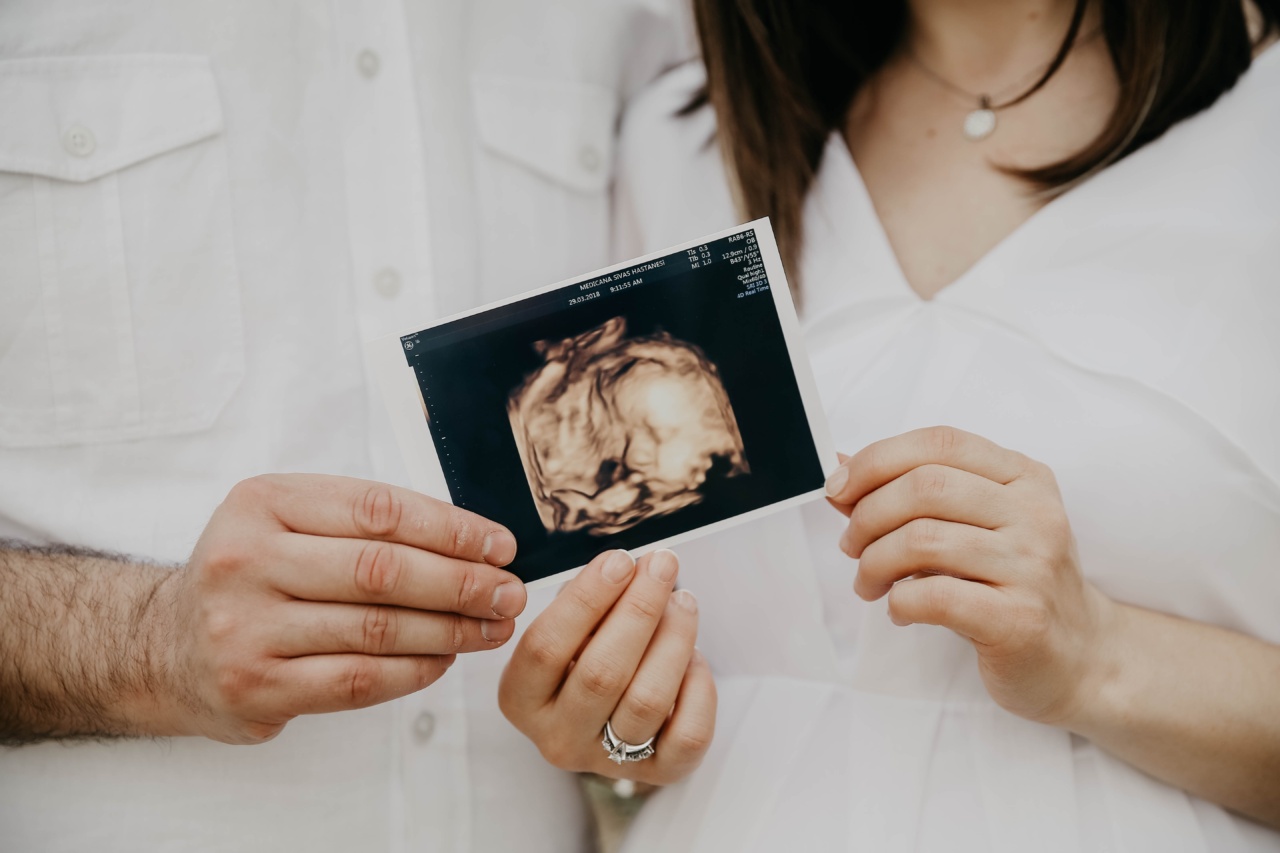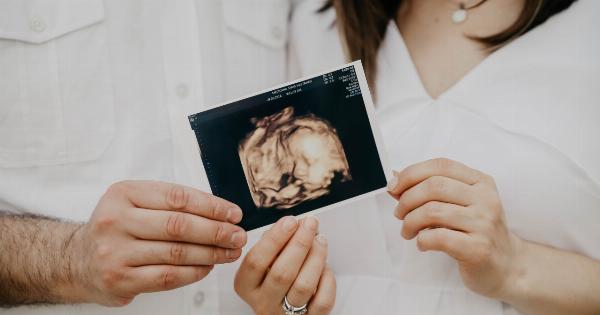Ultrasound is a common and reliable method used by healthcare professionals to monitor the development of a fetus during pregnancy.
It allows them to visualize the growing baby inside the mother’s womb and enables early detection of any potential issues.
What is an Ultrasound?
Ultrasound, also known as sonogram, uses high-frequency sound waves to create images of the internal structures of the body. During pregnancy, it is used to observe the growth and development of the fetus, as well as to check for any abnormalities.
How Does Ultrasound Work?
Ultrasound machines emit sound waves that penetrate the body and bounce back after hitting the structures inside. These echoes are then picked up by the machine and converted into images on a monitor.
By analyzing these images, healthcare professionals can obtain valuable information about the fetus.
What Can Ultrasound Reveal?
Ultrasound scans can provide crucial information about the baby’s growth, development, and overall health.
They can help determine the gestational age, identify multiple pregnancies, detect physical abnormalities, check the placenta and amniotic fluid levels, as well as monitor the baby’s heart rate and movements.
Early Gender Determination
One of the most frequently asked questions by expectant parents is whether ultrasound can predict the gender of their baby.
While ultrasound technology has advanced significantly, determining the gender with absolute certainty at an early stage is still not possible.
Gender Determination in the Second Trimester
During the second trimester, ultrasound can sometimes reveal the gender of the baby. Typically, this can be done around the 18th to 20th week of pregnancy. However, even at this stage, the accuracy of gender determination may vary.
Factors Affecting Gender Determination Accuracy
Several factors can influence the accuracy of gender determination using ultrasound:.
- Position of the baby: The position of the fetus plays a crucial role in determining the visibility of the genital area. If the baby is not in an ideal position or is moving too much, it becomes more challenging to determine the gender accurately.
- Experience of the sonographer: The expertise and experience of the sonographer performing the ultrasound examination also affect the accuracy. Experienced sonographers with specialized training tend to have better success rates in gender determination.
- Development of the genitals: In some cases, the baby’s genitals may not be fully developed during the second trimester. This can make it difficult to determine the gender confidently.
Methods Used for Gender Determination
There are two primary methods used for determining the gender of a baby during ultrasound:.
1. External Genitalia Analysis
During the examination, the sonographer looks for specific genital markers, such as the presence or absence of a penis or labia, to determine the baby’s gender.
However, the accuracy of this method depends on the clarity of the ultrasound image and the baby’s cooperation during the scan.
2. Nub Theory
The nub theory is based on the observation of a small protuberance between the legs of the fetus. It suggests that the angle of the nub can indicate the baby’s gender.
If the nub is angled upward (above 30 degrees), it is more likely to be a male fetus, while a more horizontal nub suggests a female fetus. However, the accuracy of this method is disputed and requires an experienced sonographer to interpret the images correctly.
Ultrasound for Gender Reveal Parties
Gender reveal parties have become increasingly popular in recent years. These events involve using an ultrasound scan to determine the baby’s gender and then revealing it to family and friends in a fun and creative way.
While this can be an exciting experience, it is important to remember that the accuracy of gender determination is not guaranteed, especially in the early stages of pregnancy.
The Psychological Impact of Gender Determination
Gender determination during ultrasound can have a significant emotional impact on expectant parents.
While some parents prefer to know the gender early on for various reasons, others may choose to wait until birth as they believe it adds to the excitement and anticipation.
It is essential to remember that the main purpose of an ultrasound scan is to monitor the health and development of the baby, rather than solely for determining the gender.
Regardless of the accuracy of gender determination, ultrasound scans provide valuable medical information that can help ensure a healthy pregnancy.
Conclusion
Although ultrasound technology has revolutionized prenatal care, accurately predicting a baby’s gender using ultrasound remains challenging.
While it may be possible to determine the gender during the second trimester, several factors can affect the accuracy of this determination. Pregnant individuals and their families should approach gender determination with realistic expectations and focus on the primary purpose of ultrasound scans – monitoring the well-being of the baby.





























